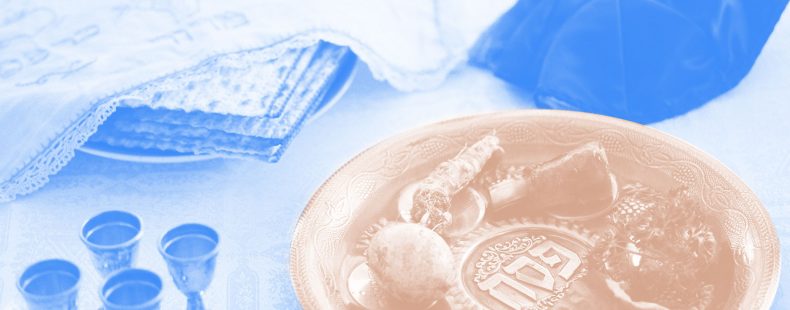During the Jewish holiday of Passover, or Pesach, it is traditional to retell the story of the Israelites leaving slavery in Egypt. This springtime religious festival celebrates new life and new starts. Passover always begins on the 14th day of Nisan, which in the Jewish calendar is the first month of the religious year, although the dates of the holiday change in the Gregorian calendar that much of the Western world uses today.
Whether you have been invited to your first Seder, or you’re simply curious about this holiday, read on to learn more about Passover traditions. Let’s start with learning how to properly wish someone a “Happy Passover.”
If you’re wondering about the history of Passover itself, head over to this article to learn all this important Jewish holiday.

























